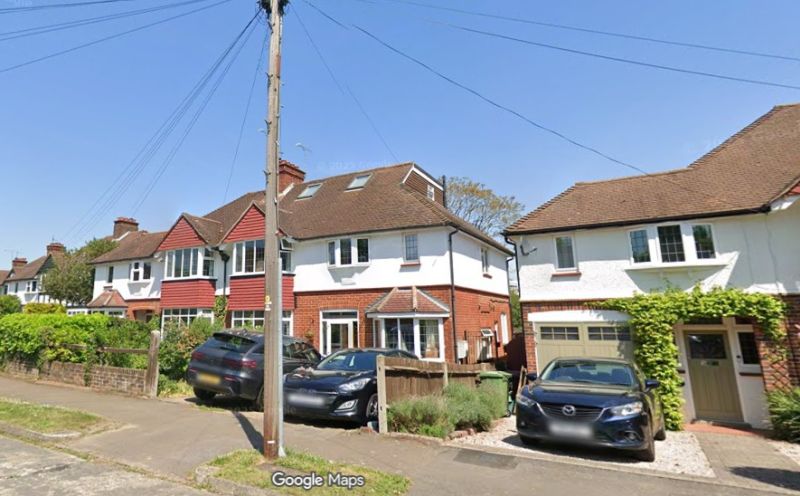Attic find fills gap in Epsom local asylum history
Last Friday saw the return of a singular missing hospital record book. The book contains the medical case book of women admitted to The Manor Hospital between 19 May 1900 and 11 July 1901. This was one of five psychiatric hospitals established by the London County Council at Horton near Epsom at the start of the twentieth century. A treasure trove for family and social historians, the volume records the names, family details and medical notes of 250 London women living with a range of mental illness, with their photographic portraits fixed to its fragile pages. These poignant records allow a precious glimpse of the lives and experiences of women admitted to these vast Victorian pauper asylums. Julian Pooley of the Surrey History Centre rescued many of The Manor’s records after its closure in 1995, case book number 4 was not among them. It’s discovery in an attic in the London Borough of Kingston gives hope that other missing records from Surrey’s former mental and learning disability hospitals may yet come to light.
The couple who found the book in their attic realised its significance when watching Gemma Collins discover her family’s mental health history in a recent episode of ‘Who Do You Think You Are’. Having read the case histories and been fascinated by the patient photographs, they got in touch with Epsom based charity The Friends of Horton Cemetery.
Lead researcher for the charity, Kevin McDonnell said: “”This discovery of Manor Asylum – Case Book No. 4 is of immense historical value, especially for our project. I’m grateful to you for preserving it. It will now find a home at the Surrey History Centre in Woking, where it will be accessible to our team of volunteer genealogical researchers. This document is critical to our mission to protect Horton Cemetery in Epsom, where nearly 9,000 unclaimed mental health patients were laid to rest between 1899 and 1955. These graves, left unmarked and forgotten, tell stories that we’re working to bring back to life. The cemetery, sadly, has been neglected and mistreated since it was sold to a property speculator in 1983. It’s a disgraceful situation for such a sacred resting place, now overgrown and scattered with rubble, and this important find helps highlight the significance of the lives laid to rest there.”
Surrey History Centre was delighted to find that it filled such an important gap in the surviving records. Now preserved in the History Centre’s strong rooms, it can be made publicly available for research and a range of community engagement projects.















